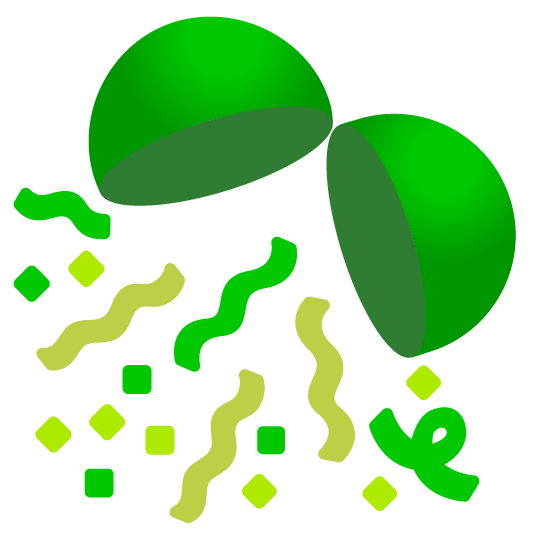PhD position– Remote Sensing of soil moisture dynamics (f/m/x) Helmholtz-Zentrum für Umweltforschung - UFZ

PhD position– Remote Sensing of soil moisture dynamics (f/m/x) Helmholtz-Zentrum für Umweltforschung - UFZ
The Helmholtz Centre for Environmental Research (UFZ) with its 1,100 employees has gained an excellent reputation as an international competence centre for environmental sciences. We are part of the largest scientific organisation in Germany, the Helmholtz association. Our mission: Our research seeks to find a balance between social development and the long-term protection of our natural resources.
The newly established Department of Remote Sensing in UFZ in tandem with the Remote Sensing Centre for Earth System Research (RSC4Earth) - a joint initiative of UFZ and the Faculty of Physics and Earth Sciences at Leipzig University - conducts innovative research to advance the understanding of the Earth system via the integration of various remote sensing, data science, and process-oriented modelling techniques. It has extensive research experience in quantifying land surface dynamics from multi-source Earth observations across scales.
Within the PhD framework "MoDEV - Towards novel model-data fusion for understanding environmental variability in space and time from high-resolution remote sensing" we are seeking to appoint a highly motivated candidate for the PhD project "Remote Sensing of soil moisture dynamics".
PhD position– Remote Sensing of soil moisture dynamics (f/m/x)
Working time 65% (25.35 hours per week), limited for 3 years
Your tasks:
The PhD project aims to synergize multi-source remote sensing observations to retrieve surface soil moisture dynamics with quantified uncertainties across scales. Robust methods will be developed to estimate root zone soil moisture via the integration of the retrieved surface soil moisture, land surface model and Cosmic-Ray Neutron Sensing (CRNS). Key research questions include:
Will the synergy of multi-source remote sensing data lead to a more accurate soil moisture estimate?
How can we tackle the scale mismatch in comparison of soil moisture from remote sensing, CRNS, and land surface modelling?
How to best integrate satellite surface soil moisture, model simulation, and filed soil moisture to obtain root zone soil moisture dynamics?
Your profile:
Master degree (or equivalent) in earth system science, remote sensing, meteorology, hydrology, physical geography, environmental sciences, physics, statistics, computer sciences, or a related field
Good programming skills (e.g., Python, Fortran, R, or Matlab)
Interest in microwave remote sensing and radiative transfer modelling
Willing to publish results in peer-reviewed journals and present at scientific meetings
Good communication skills in English, and strong interest to work in an interdisciplinary research team
We offer:
Excellent technical facilities which are without parallel
The freedom you need to bridge the difficult gap between basic research and close to being ready for application
Work in interdisciplinary, multinational teams
Excellent links with national and international research networks
Excellent support and optimal subject-specific and general training with our HIGRADE graduate school
Remuneration in accordance with the TVöD public-sector pay grade 13 (65%)
Vineesh V
Assistant Professor of Geography,
Directorate of Education,
Government of Kerala.
https://www.facebook.com/Applied.Geography
http://geogisgeo.blogspot.com
Assistant Professor of Geography,
Directorate of Education,
Government of Kerala.
https://www.facebook.com/Applied.Geography
http://geogisgeo.blogspot.com
Comments
Post a Comment